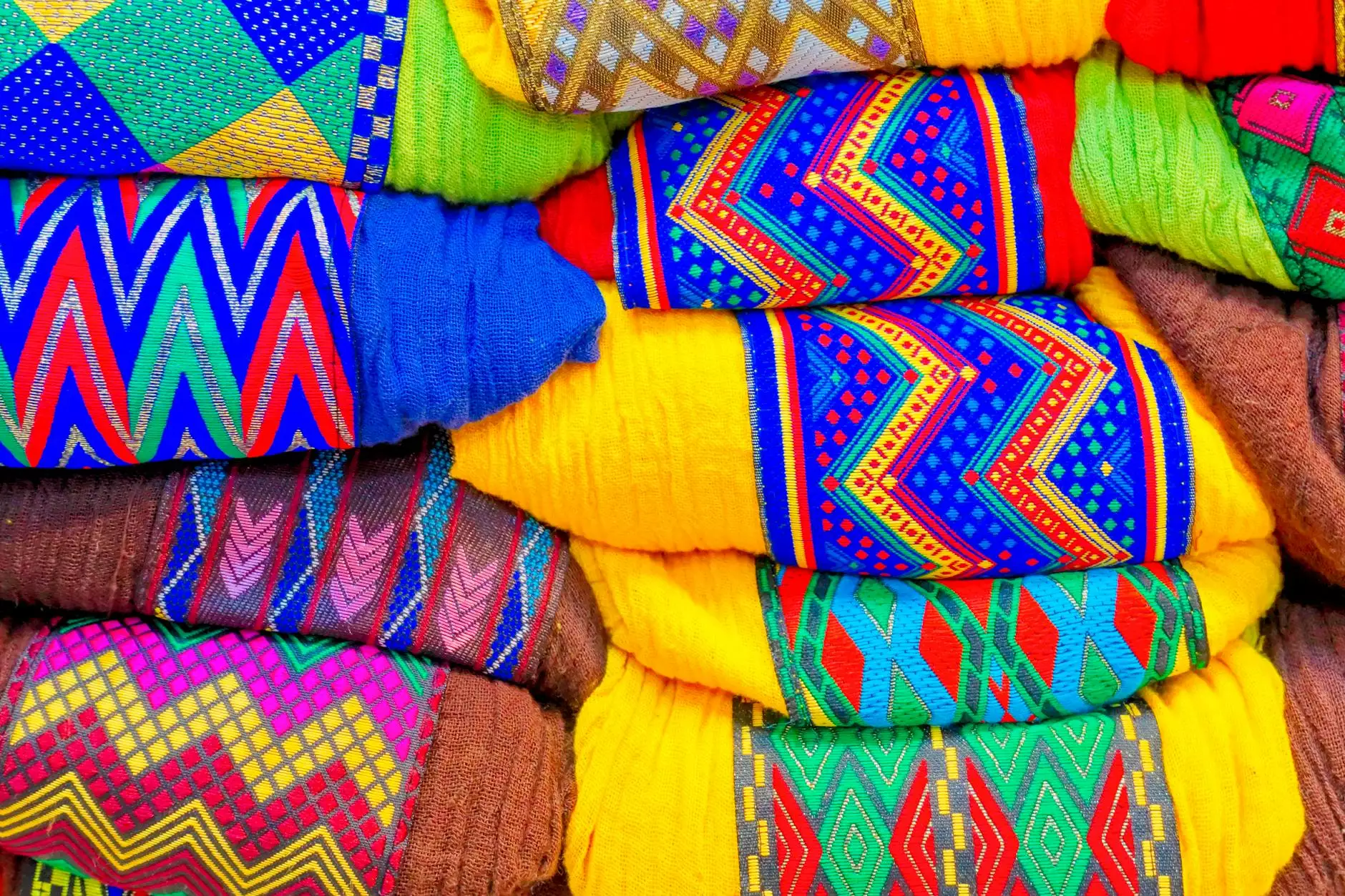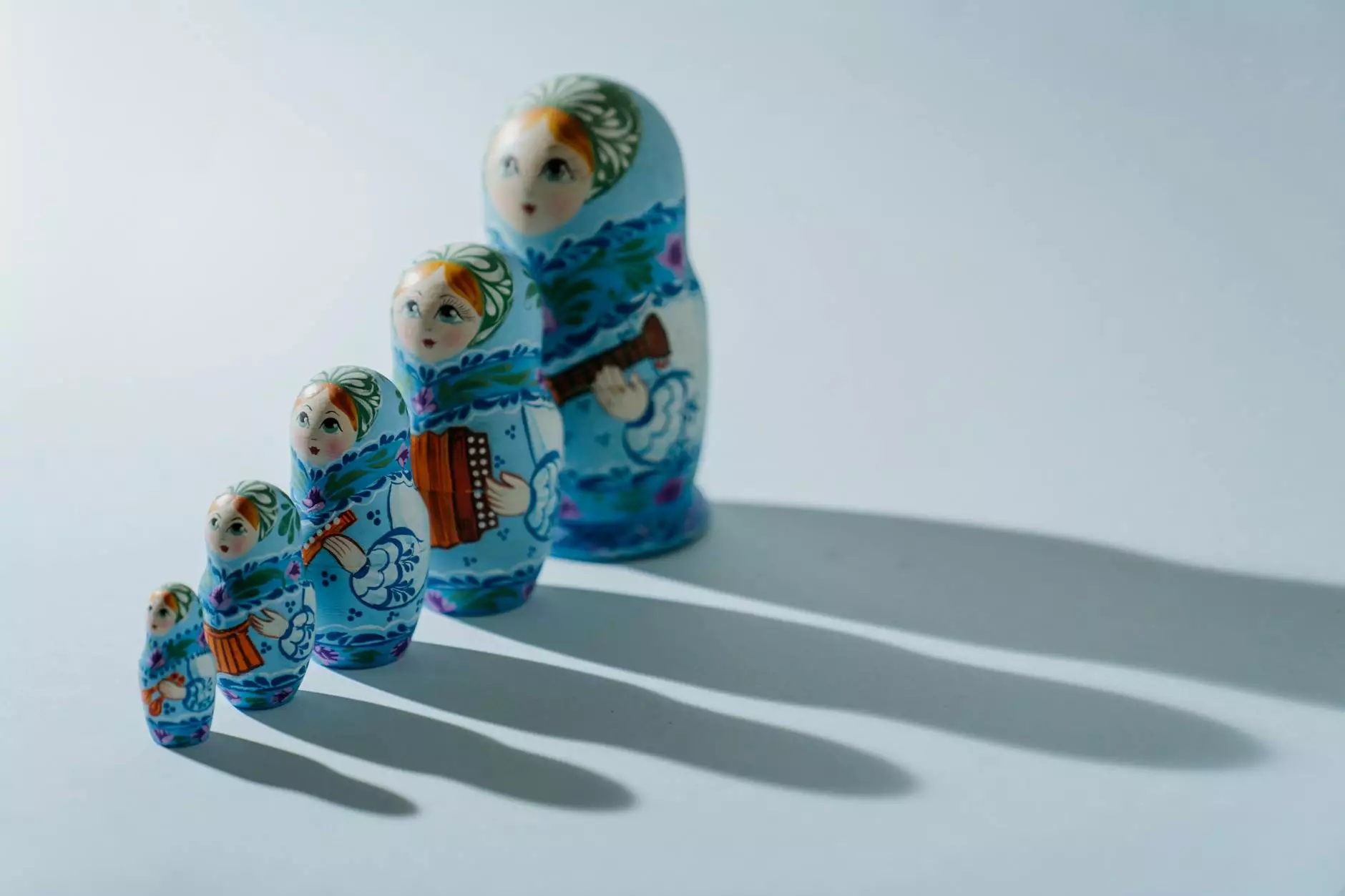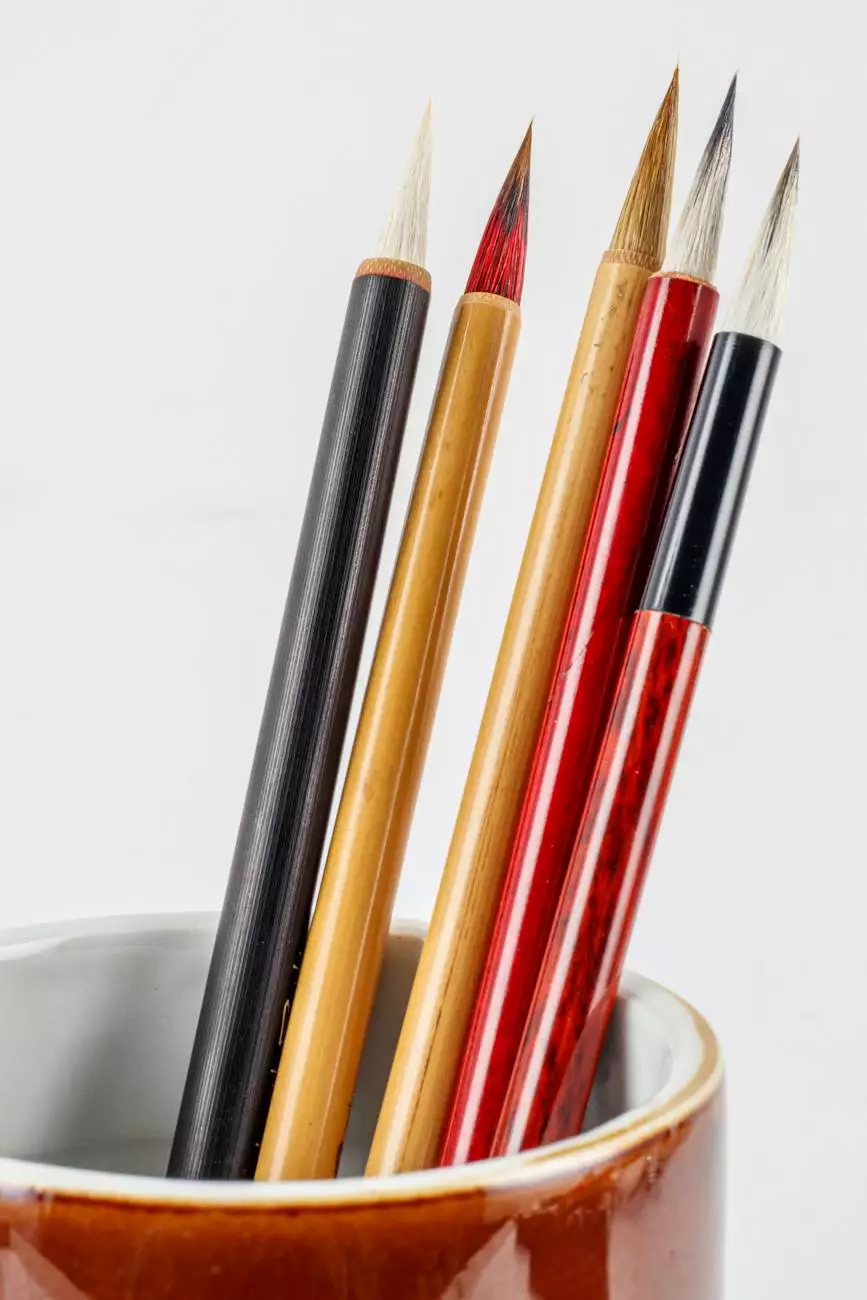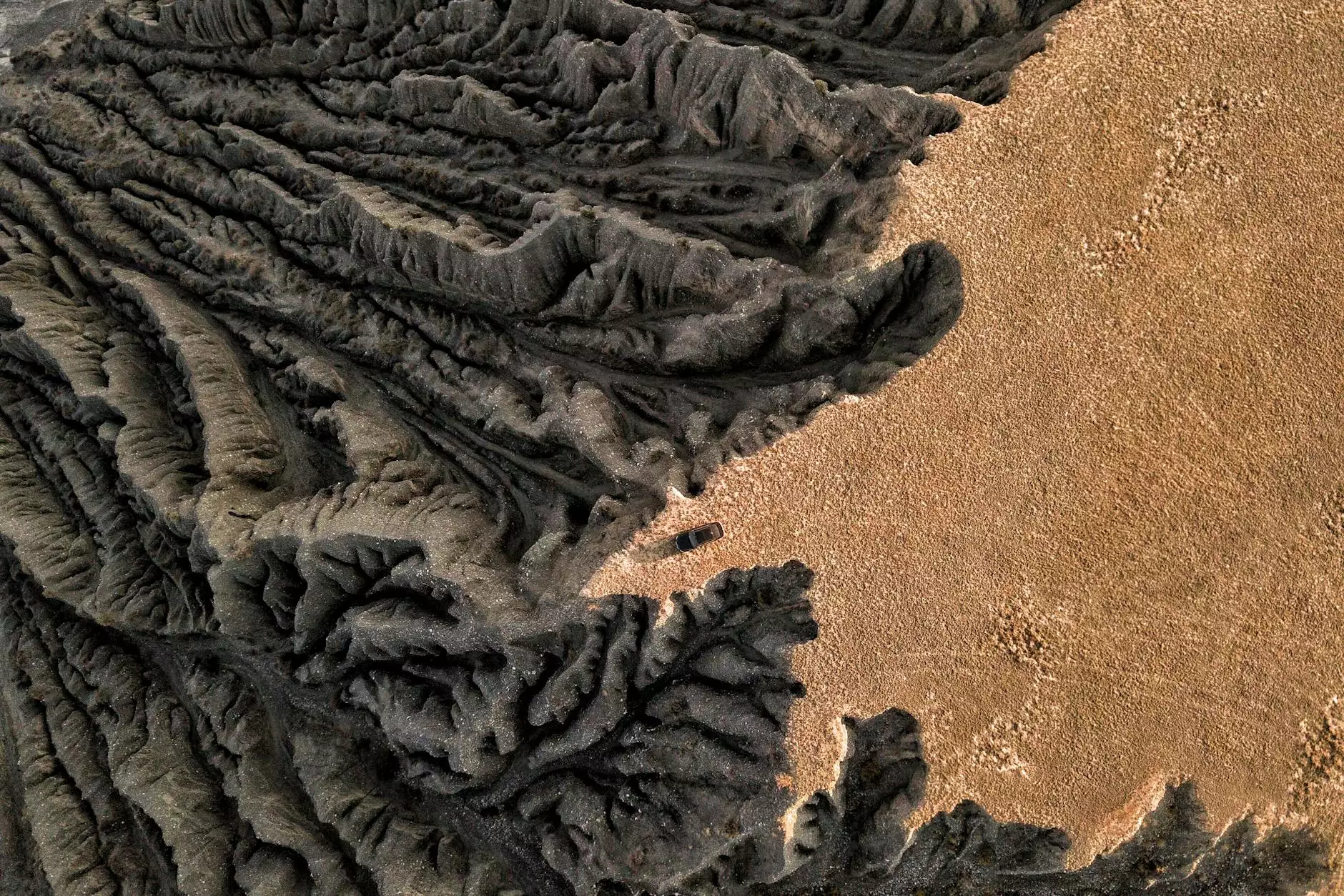From Pineapple to Piña: A Philippine Textile Treasure

Introduction
Welcome to La Historia Society's exhibition on "From Pineapple to Piña: A Philippine Textile Treasure." In this unique exploration of the Philippine textile industry, we delve deep into the artistry, history, and cultural significance of Piña fabric, crafted from pineapple fibers.
Unveiling the Rich History
The roots of the Philippine textile industry can be traced back centuries, when indigenous communities skillfully utilized natural resources to create remarkable fabrics. The journey of Piña fabric begins with the extraction of fibers from pineapple leaves, followed by intricate hand-weaving techniques passed down through generations.
Preserving Cultural Heritage
At La Historia Society, we honor the craftsmanship and dedication involved in preserving the unique cultural heritage of Piña fabric. Through this exhibition, we aim to raise awareness about the traditional methods used, ensuring the continuity of this cherished art form.
The Process of Piña Fabric Production
The process of transforming pineapple fibers into Piña fabric encompasses several labor-intensive steps, each contributing to its exceptional quality. Let's explore these stages in detail:
Fiber Extraction
The journey begins with selecting mature pineapple leaves, as it is from these leaves that the fibers are extracted. Skilled artisans carefully strip the leaves to obtain long, fine fibers which are then meticulously cleaned and dried.
Hand-Spinning
Once the fibers are adequately prepared, they undergo hand-spinning to create yarns. The delicate and time-consuming process embraces the age-old techniques merged with the expertise of local weavers.
Designing and Dyeing
After spinning, the yarns are ready for designing. Using traditional motifs and patterns, artisans meticulously create beautiful designs that reflect the cultural heritage of the Philippines. These designs are brought to life with vibrant and eco-friendly natural dyes.
Hand-Weaving
Hand-weaving the Piña fabric requires immense skill and patience. Expert weavers use manual looms to create intricate patterns and ensure the utmost precision. The weaving process demands focus and attention to detail, ensuring every piece of fabric is a true work of art.
Finishing and Embellishment
Once the fabric is woven, it goes through the finishing process to enhance its beauty and durability. Additional embellishments, such as delicate embroideries or handmade lace, may be added to elevate the overall aesthetic appeal of the fabric.
Appreciating Artistic Excellence
The exquisite Piña fabric stands as a testament to the craftsmanship and artistic excellence of Filipino weavers. Its intricate designs, fine texture, and sheer elegance have made it highly sought after not only within the Philippines but also globally.
A Cultural Icon
Piña fabric has become an essential part of Philippine cultural celebrations, formal events, and traditional attire. Its enduring popularity is a tribute to the extraordinary talent and creativity embedded in the fabric's creation.
Preserving and Supporting the Industry
As you peruse our exhibition on "From Pineapple to Piña: A Philippine Textile Treasure," we encourage you to support the local artisans and communities who work tirelessly to preserve this precious heritage. By purchasing Piña fabric or investing in unique Piña crafts, you contribute to the preservation of this art form and the livelihood of talented artisans.
Conclusion
La Historia Society invites you to immerse yourself in the captivating world of Piña fabric. Explore its rich history, admire the skill of artisans, and discover the extraordinary journey from humble pineapple leaves to the creation of this remarkable textile treasure. Join us in celebrating the cultural significance and artistry of Piña fabric, an enduring symbol of Philippine heritage.









